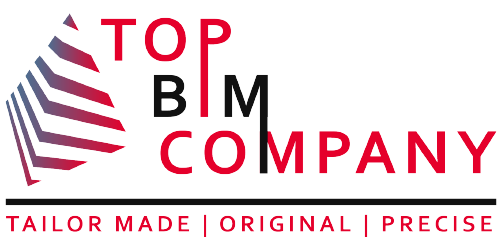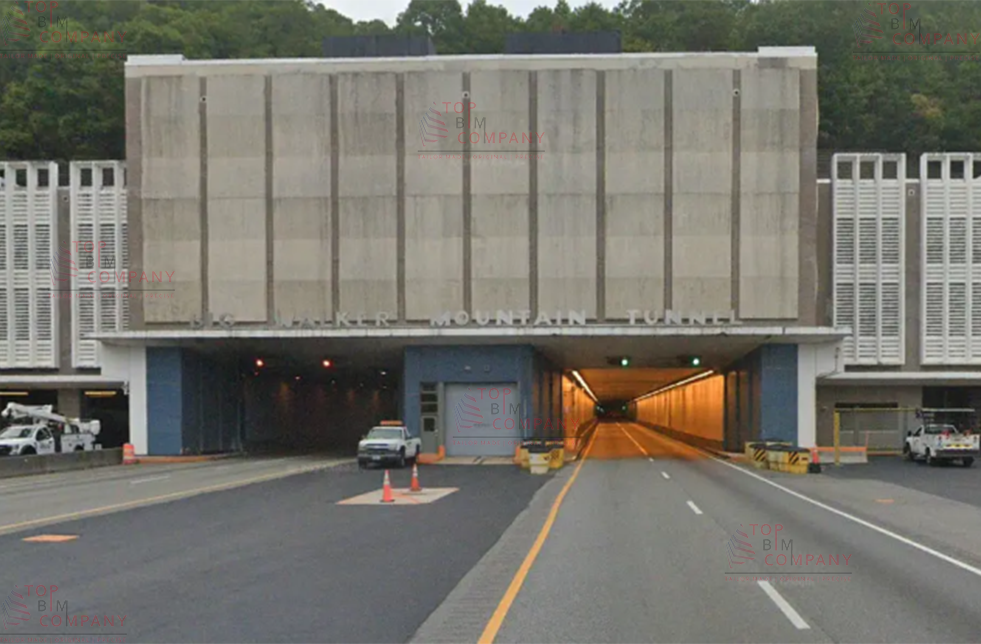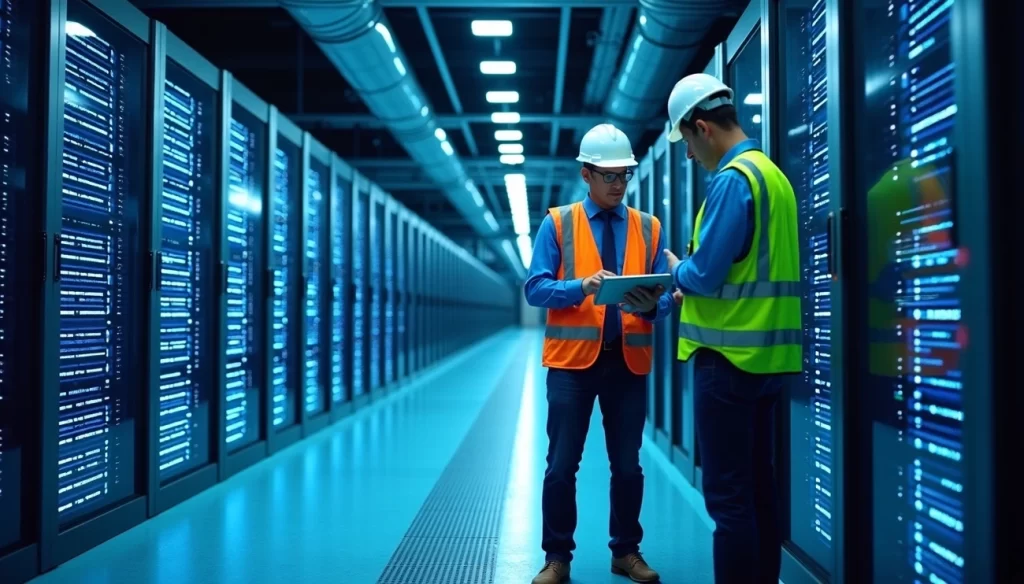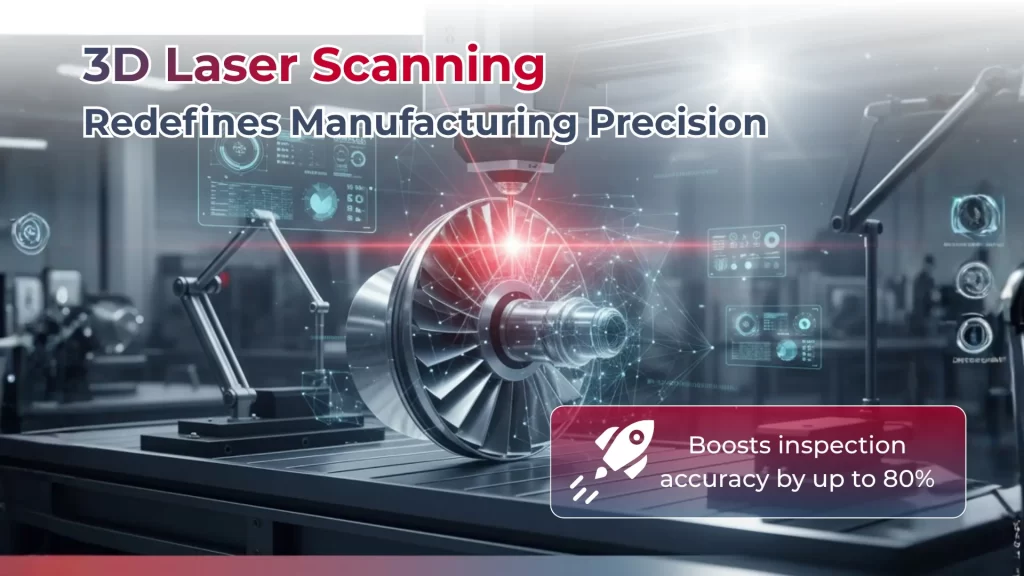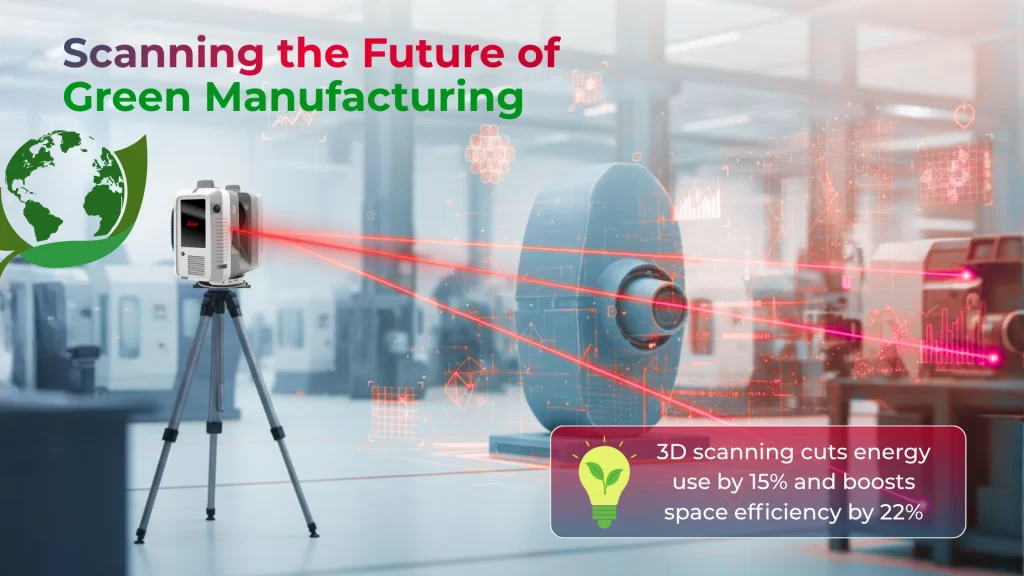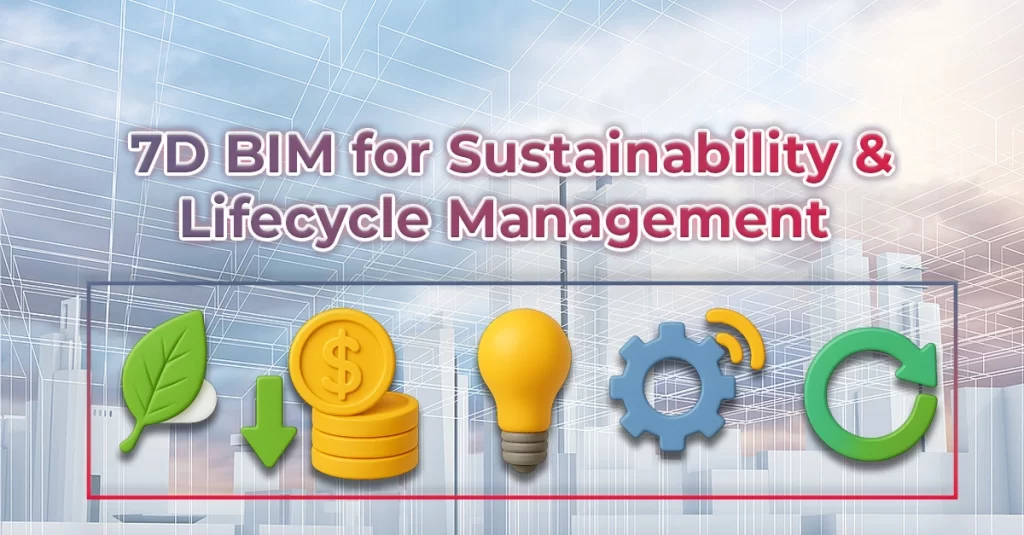
The construction industry faces a climate crisis that demands immediate action.
Table of Contents
ToggleBut here’s the good news: 7D BIM for sustainability offers construction professionals a powerful way to design and build greener structures from day one.
This guide is designed for architects, engineers, contractors, and project managers who want to reduce their projects’ environmental impact while improving business outcomes. 7D BIM goes beyond traditional modeling by integrating sustainability data directly into the design and construction process.
We’ll explore how 7D BIM transforms sustainable construction technology by tracking environmental performance throughout a building’s entire lifecycle. You’ll discover the real-world benefits of using BIM for sustainability, from cutting construction carbon footprints to creating more efficient green buildings. We’ll also cover practical implementation strategies and examine how forward-thinking firms are already using these green construction methods to deliver better projects and healthier profits.
Ready to see how building information modeling sustainability can revolutionize your next project? Let’s dive into the tools and strategies that are reshaping how we build for the future.
Understanding the Climate Emergency and AEC Industry Impact
The climate emergency demands immediate action to reduce environmental footprints across all industries.
- The Architecture, Engineering, and Construction (AEC) sector carries significant responsibility, accounting for 45% of all energy consumption globally. Even more striking is the industry’s role in electrical usage, responsible for 75% of US electrical consumption.
- This substantial environmental impact makes the AEC industry a critical focus area for sustainable construction technology and green building BIM solutions.
- The urgency to address these consumption patterns has never been greater, positioning building lifecycle management and sustainable design processes as essential tools for reducing the construction carbon footprint and advancing environmental stewardship.
Discover how BIM can drive sustainability in your project—connect with us today.
What is 7D BIM?
Now that we understand the fundamentals of 7D BIM, building lifecycle management becomes critical for sustainable construction technology.
- 7D BIM equips teams with essential knowledge to create and design better buildings through comprehensive BIM workflows throughout the entire building lifecycle.
- By integrating sustainable practices into daily workflows, construction professionals can effectively combat the global climate crisis while maintaining project efficiency and environmental responsibility.
Aspect of Lifecycle Management | Why 7D BIM Matters |
Design Phase | Embeds energy, cost, and environmental data into models for accurate decision-making from the start. |
Construction Phase | Optimizes material use, sequencing, and waste reduction through 4D/5D/7D integration. |
Operations & Maintenance | Enables predictive maintenance via IoT + AI, reducing downtime and extending asset life. |
Cost Control | Provides long-term financial forecasting (CAPEX & OPEX) with lifecycle cost analysis. |
Sustainability | Tracks embodied & operational carbon, supporting green certifications and ESG compliance. |
End-of-Life / Decommissioning | Guides material recovery, recycling, and circular economy strategies with precise data. |
Effective sustainability starts with efficient planning. Learn how 4D BIM scheduling enhances construction logistics to reduce waste, improve sequencing, and minimize project delays.
7D BIM represents the evolution of building information modeling sustainability, incorporating environmental and sustainability data throughout the building lifecycle management process. This advanced dimension enables informed BIM designers to shape a better world by integrating sustainable design practices and efficiency improvements directly from the early design phase, revolutionizing green building BIM approaches.
BIM Dimension | Focus Area | Key Benefits |
5D BIM | Cost Management | Budget tracking, quantity takeoffs |
6D BIM | Facility Management | Operations, maintenance scheduling |
7D BIM | Sustainability & Environmental Analysis | Carbon footprint analysis, energy efficiency, sustainable construction technology integration |
While 5D BIM addresses cost control and 6D BIM focuses on facility operations, 7D BIM specifically targets BIM environmental analysis and green construction methods, enabling comprehensive sustainable design process implementation throughout the construction carbon footprint reduction initiatives.
Why 7D BIM Matters in Lifecycle Management.
Benefits of 7D BIM for Sustainable Construction
Let’s explore how this technology delivers tangible benefits for sustainable construction. BIM for sustainability proves beneficial across multiple dimensions –
- Environmentally through reduced resource consumption and waste, economically by generating profit through efficient processes and cost savings, and socially by creating healthier built environments.
- These advantages make 7D BIM an essential tool for construction professionals committed to green building practices and long-term environmental stewardship.
Energy Modeling
- Renewable Energy Integration: Supports the simulation of renewable energy systems such as solar panels, wind turbines, and geothermal sources to evaluate energy savings potential before implementation.
- Climate-Responsive Design: Leverages weather and climate data to optimize building envelope, HVAC loads, and lighting, ensuring better performance across diverse environmental conditions.
- Continuous Performance Monitoring: Enables real-time energy consumption tracking and post-occupancy analysis, ensuring buildings operate as designed and adapt efficiently to changing use patterns.
Lifecycle Cost Analysis
- Maintenance Optimization: Identifies cost-saving maintenance schedules and predictive maintenance strategies, reducing unplanned downtime and expensive repairs.
- Resource Allocation Efficiency: Provides data-driven insights into material usage, labor, and equipment allocation, lowering overhead costs and maximizing long-term value.
- Capital Planning Support: Equips stakeholders with detailed financial forecasts for renovations, retrofits, and replacements, supporting strategic capital expenditure planning.
Carbon Footprint Reduction
- Material Lifecycle Assessment: Evaluates embodied carbon in construction materials, guiding stakeholders toward low-impact alternatives and sustainable procurement.
- Waste Minimization Strategies: Identifies opportunities for recycling, reuse, and optimized logistics to cut down on construction and demolition waste.
- Compliance with Green Standards: Facilitates adherence to LEED, WELL, BREEAM, and other sustainability certifications, enhancing project reputation and marketability.
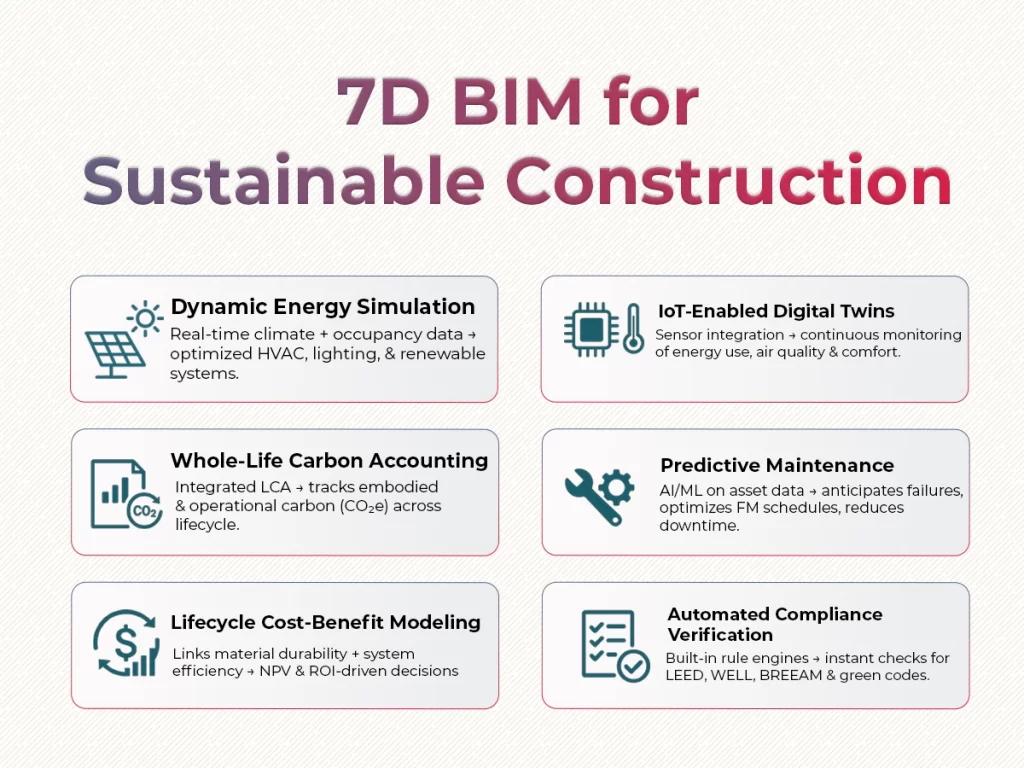
Real-world Applications of 7D BIM
Energy Performance Optimization in Large-Scale Projects
The Hudson Yards development in New York City showcases how 7D BIM transforms energy management across massive construction projects.
- Developers integrated building lifecycle management data with real-time energy consumption models, creating a comprehensive view of each building’s carbon footprint before construction began.
- This approach allowed teams to identify energy-inefficient design elements early and make adjustments that reduced projected energy consumption by 30% across the entire development.
- The project team used BIM for sustainability to model different HVAC configurations, lighting systems, and building envelope options. By analyzing lifecycle energy costs alongside construction expenses, they selected materials and systems that delivered optimal long-term performance.
- The 7D model predicted maintenance schedules, replacement cycles, and energy degradation patterns over 50 years, enabling data-driven decisions that prioritized both immediate construction costs and long-term operational efficiency.
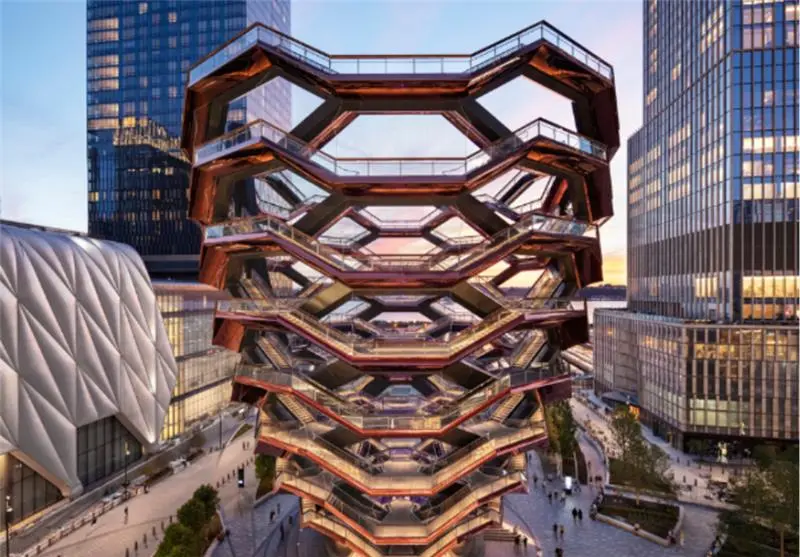
Image Source: hudsonyardsnewyork
2. Carbon Footprint Tracking in Commercial Buildings
Microsoft’s campus redevelopment in Redmond demonstrates how sustainable construction technology enables precise carbon tracking throughout building lifecycles.
- The construction team implemented 7D BIM to monitor embodied carbon in materials, transportation emissions, and operational carbon projections across multiple buildings simultaneously.
- Each material selection fed into the BIM environmental analysis system, automatically calculating carbon impacts from extraction through disposal.
- The model tracked concrete types, steel grades, and finishing materials, comparing their embodied carbon values against performance specifications.
- Project managers accessed real-time dashboards showing cumulative carbon impacts, allowing teams to make immediate adjustments when carbon budgets approached predetermined thresholds.
- The system integrated with suppliers’ environmental databases, pulling actual carbon data rather than industry averages. This precision enabled the team to identify low-carbon alternatives that maintained structural and aesthetic requirements while reducing overall project emissions by 25%.
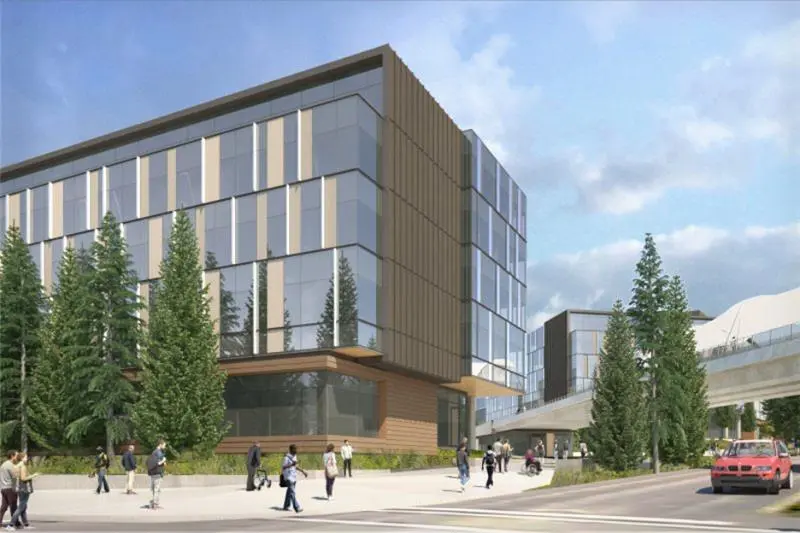
Image source: microsoft redmond-campus
Green construction methods integrated into the design phase considered maintenance requirements for sustainable features like living walls, rainwater harvesting systems, and solar panel arrays. The 7D model schedules cleaning cycles, plant replacements, and equipment inspections, ensuring these environmental features maintain peak performance throughout the building’s lifecycle while minimizing maintenance-related waste and resource consumption.
Challenges in Implementing 7D BIM
- Technical and Software Integration Barriers
- Implementing 7D BIM for sustainability comes with significant technical hurdles that can make even seasoned construction professionals scratch their heads.
- The biggest challenge? Getting different software platforms to play nice together.
- Most BIM software solutions operate in silos, making it tough to seamlessly integrate sustainability data with traditional building information models.
- Many construction teams find themselves juggling multiple software packages – one for 3D modeling, another for energy analysis, and yet another for lifecycle assessment.
- This fragmented approach creates data gaps that can compromise the accuracy of 7D BIM environmental analysis.
- The lack of standardized data exchange formats means that valuable sustainability metrics often get lost in translation between different platforms.
2. Cost and Resource Constraints
- The financial investment required for comprehensive 7D BIM implementation can be overwhelming, especially for smaller firms. Beyond the initial software licensing costs, companies need to factor in hardware upgrades, training programs, and potentially hiring specialists who understand both BIM and sustainability principles.
- Many organizations underestimate the ongoing costs associated with maintaining 7D BIM systems.
- Regular software updates, data management, and continuous training create recurring expenses that can strain budgets. For projects with tight margins, these additional costs often get pushed aside, leaving teams with incomplete or outdated tools.
- Resource allocation becomes another major headache. BIM for sustainability demands dedicated time from multiple team members across different disciplines. Engineers, architects, and sustainability consultants need to collaborate more closely than ever before, which can slow down project timelines and increase coordination complexity.
Controlling lifecycle costs is just as important as reducing carbon. With 5D BIM for construction planning and management, project teams can forecast budgets while embedding sustainable procurement strategies.
3. Data Quality and Standardization Issues
- Poor data quality represents one of the most frustrating obstacles in 7D BIM adoption. Without accurate, standardized environmental data, even the most sophisticated building lifecycle management systems produce unreliable results.
- Different manufacturers provide sustainability information in various formats, making it difficult to create consistent databases.
- The construction industry still lacks universal standards for environmental data collection and reporting. This means teams often spend countless hours trying to verify and standardize information from different sources. Material suppliers might report carbon footprint data using different methodologies, making it nearly impossible to compare options accurately.
- Green building BIM requires precise material specifications, energy performance data, and environmental impact metrics.
- When this information is incomplete, outdated, or inconsistent, the entire 7D BIM model becomes questionable. Teams end up making sustainability decisions based on flawed data, which defeats the purpose of using advanced modeling technology.
4. Organizational and Cultural Resistance
- Perhaps the most challenging obstacle isn’t technical at all – it’s getting people on board. Many construction professionals view 7D BIM as just another layer of complexity added to already demanding projects.
- Traditional construction workflows have been refined over decades, and introducing green construction methods through 7D BIM disrupts established processes. Project managers worry about timeline delays, while field crews question whether the additional modeling work actually improves building performance.
- Getting different stakeholders to embrace construction carbon footprint tracking requires a cultural shift that goes beyond simply installing new software.
True sustainability extends beyond construction into building operations. 6D BIM facility management ensures energy performance, predictive maintenance, and smarter asset management long after handover
Future of 7D BIM in Green Construction
Future of 7D BIM in Green Construction | Key Insights & Benefits |
Integration with Smart Cities and IoT | – IoT-enabled digital twins provide real-time adaptive models for building performance. |
Artificial Intelligence and Machine Learning Enhancement | – AI predicts long-term environmental impacts and material performance. |
Blockchain and Supply Chain Transparency | – Immutable blockchain records verify the sustainability of every material. |
Standardization and Industry-Wide Adoption | – Industry standards ensure interoperability across platforms and stakeholders. |
Conclusion
7D BIM is reshaping construction by proving that sustainability is not a cost burden but a value generator. Buildings designed and managed with 7D BIM consistently deliver lower lifecycle costs, higher energy efficiency, and stronger compliance with evolving ESG mandates, benefits that directly enhance asset value and investor confidence.
The real shift is strategic: as carbon pricing, green financing, and stricter regulations expand globally, firms leveraging 7D BIM will be better positioned to access capital, win public projects, and attract sustainability-conscious clients. What was once an innovation edge is fast becoming a baseline expectation.
Inference: The future of competitiveness in construction will be defined not just by how efficiently firms build, but by how intelligently they align projects with sustainability and financial resilience. 7D BIM is the bridge between both.
Let us help you integrate 7D BIM for a more sustainable, cost-efficient, and future-ready project.
Frequently Asked Questions (FAQs):
Owners, facility managers, sustainability consultants, architects, and developers benefit from improved asset performance and reduced environmental impact.
Key challenges include data standardization issues, limited expertise, integration with existing systems, and higher upfront implementation costs.
It provides data-driven insights into energy consumption, material usage, environmental impact, and long-term operational costs, enabling informed and sustainable decision-making.
7D BIM extends digital modeling to include sustainability data such as energy efficiency, lifecycle costs, carbon footprint, and operational performance, helping stakeholders manage buildings more sustainably throughout their lifecycle.
Our Services
Latest Post
Get A Free Quote
BIM Construction is the Future
Building information modeling (BIM) is the future of building design and construction. Get in touch with our BIM Experts.
